Introduction
Stir-fried cabbage is a staple in kitchens worldwide, prized for its simplicity, nutritional value, and ability to transform a humble vegetable into a flavorful dish. Yet, for many home cooks, achieving the ideal texture—tender yet crisp, caramelized without burning—remains a culinary puzzle. The question “How long does it take to cook cabbage in a stir-fry?” is deceptively straightforward, as cooking time hinges on variables like cabbage type, heat intensity, and personal preference. This article delves into the science and craft of stir-frying cabbage, offering a comprehensive guide to mastering this versatile vegetable. From selecting the freshest produce to perfecting your wok technique, we’ll explore how to balance time and temperature for a dish that delights the palate and nourishes the body.
Understanding Cabbage Varieties
Before igniting the stove, it’s crucial to recognize that not all cabbages are created equal. The most common varieties—green, red, Napa, and Savoy—each behave differently under heat.
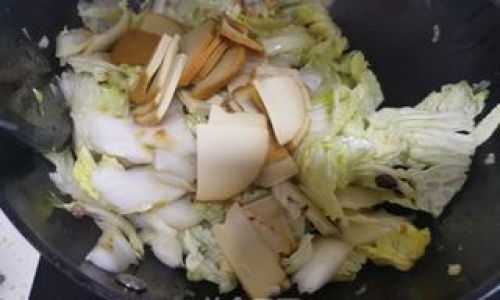
- Green Cabbage: With its dense, tightly packed leaves, this variety requires longer cooking to soften its fibrous texture. Expect 5–7 minutes of stir-frying.
- Red Cabbage: Slightly more delicate than green cabbage, red cabbage cooks faster and retains its vibrant hue when cooked briefly (4–6 minutes).
- Napa Cabbage: Popular in Asian cuisine, Napa cabbage’s tender, ruffled leaves wilt quickly. Aim for 3–5 minutes to preserve its delicate flavor.
- Savoy Cabbage: Characterized by its crinkled leaves, Savoy cabbage falls between green and Napa in cooking time (4–6 minutes).
Factors Influencing Cooking Time
- Heat Intensity: A blazing-hot wok or skillet sears cabbage rapidly, locking in moisture and creating a slight char. Medium-high heat allows for gradual softening without scorching.
- Cabbage Cut: Thinly sliced cabbage (¼-inch strips) cooks faster than thick wedges. Uniformity ensures even doneness.
- Desired Texture: Do you prefer crisp-tender cabbage or melt-in-your-mouth softness? Adjust cooking time by 1–2 minutes accordingly.
- Pan Size: Overcrowding the pan steam-cooks the cabbage rather than stir-fries it, increasing cooking time and softening texture.
The Stir-Frying Process: Step-by-Step
Preparation: The Foundation of Flavor
- Wash and Dry: Rinse cabbage under cold water to remove dirt. Pat dry thoroughly—excess moisture turns stir-fries soggy.
- Core and Slice: Remove the tough core with a sharp knife. Slice cabbage into uniform strips or shreds.
- Aromatics: Mince garlic, ginger, or shallots to infuse the dish with depth.
Preheating the Pan
- Wok vs. Skillet: A wok’s concave shape distributes heat efficiently, ideal for high-heat stir-fries. A large skillet works well too.
- Heat Test: Sprinkle water droplets into the pan. If they evaporate instantly, the pan is ready.
Cooking Oil Selection
- High-Smoke-Point Oils: Use peanut, avocado, or grapeseed oil to withstand high temperatures without smoking.
- Quantity: 1–2 tablespoons suffice; excess oil makes the dish greasy.
Stir-Frying Technique
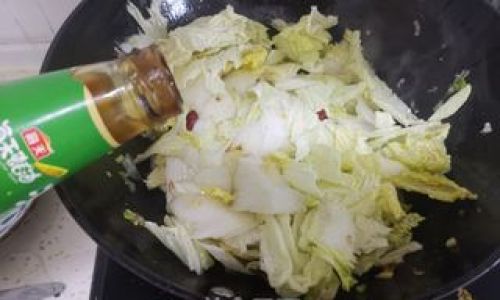
- Sear First: Add aromatics (garlic, ginger) to the hot oil. Stir for 30 seconds until fragrant.
- Add Cabbage: Toss in batches if needed. Stir vigorously to coat leaves in oil.
- Timing Guidelines:
- Crisp-Tender: 3–4 minutes (Napa/red cabbage), 5–6 minutes (green/Savoy).
- Softened: 6–7 minutes (all varieties).
- Monitor Doneness: Test a piece by piercing with a fork. Resistance indicates undercooking; limpness signals overcooking.
Seasoning and Finishing
- Salt: Add ½ teaspoon (or to taste) during the last minute to avoid drawing excess moisture.
- Acid: A splash of rice vinegar or lime juice brightens flavors.
- Garnishes: Sprinkle with sesame seeds, chopped scallions, or chili flakes for texture and color.
Common Mistakes and How to Avoid Them
-
Overcrowding the Pan:
- Issue: Cabbage steams instead of stir-fries, losing crispness.
- Fix: Cook in batches if necessary. Use a pan large enough to accommodate cabbage without piling.
-
Inconsistent Heat:
- Issue: Fluctuating temperatures lead to uneven cooking.
- Fix: Maintain steady medium-high heat. Adjust the burner if flames lick the pan’s sides (gas stove) or use a diffuser (electric stove).
-
Underseasoning:
- Issue: Bland cabbage lacks depth.
- Fix: Taste and adjust seasonings progressively. Add soy sauce, oyster sauce, or a pinch of sugar for complexity.
-
Overcooking:
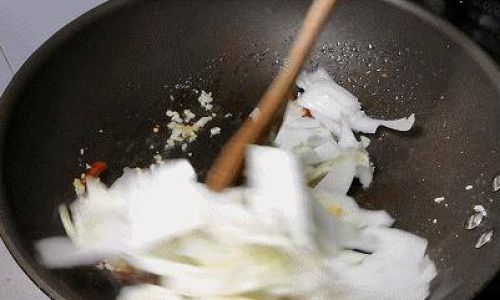
- Issue: Mushy cabbage loses its vibrant flavor.
- Fix: Err on the side of undercooking. Residual heat continues softening cabbage off the stove.
Advanced Techniques for Enthusiasts
-
Velveting Cabbage:
Marinate cabbage briefly in a mixture of cornstarch and water before stir-frying. This technique, borrowed from Chinese cooking, creates a silken texture.
-
Dry-Frying:
For ultra-crispy cabbage, cook without oil initially. Stir-fry until leaves brown slightly, then add oil and aromatics.
-
Combining Proteins:
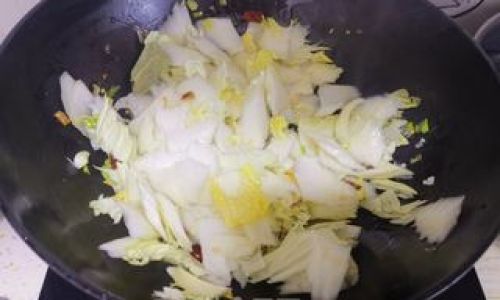
Toss in tofu, shrimp, or sliced pork during the final 2 minutes of cooking. Proteins absorb the dish’s flavors without becoming rubbery.
-
Fermented Accents:
Add a spoonful of kimchi or sauerkraut during cooking for a tangy twist. The acidity balances cabbage’s natural sweetness.
Nutritional Benefits of Stir-Fried Cabbage
Beyond its culinary appeal, cabbage boasts impressive health credentials:
- Fiber: Aids digestion and promotes satiety.
- Vitamins: Rich in vitamin C (boosts immunity) and K (supports bone health).
- Antioxidants: Compounds like sulforaphane may reduce inflammation.
Stir-frying preserves more nutrients than boiling, as shorter cooking times minimize vitamin loss.
Cultural Significance of Cabbage in Global Cuisines
Cabbage’s adaptability shines in dishes spanning continents:
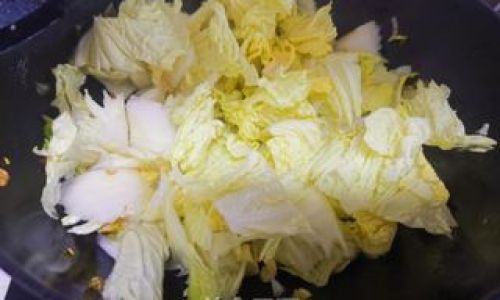
- Asia: Korean baechu-kimchi (fermented Napa cabbage), Chinese hand-pulled noodles with cabbage.
- Europe: German sauerkraut, Polish golabki (stuffed cabbage rolls).
- Americas: Southern-style cole slaw, Mexican curtido (pickled cabbage salad).
Troubleshooting Guide
| Issue | Solution |
|---|---|
| Soggy cabbage | Increase heat; avoid overcrowding the pan. |
| Burnt edges | Stir more frequently; lower heat slightly. |
| Bland flavor | Add umami-rich ingredients (soy sauce, mushrooms). |
| Uneven cooking | Slice cabbage uniformly; cook in batches. |
Pairing Suggestions
Stir-fried cabbage complements a myriad of dishes:
- Grains: Rice, quinoa, or cauliflower rice.
- Noodles: Lo mein, pad Thai, or soba noodles.
- Proteins: Grilled chicken, tofu, or fried eggs.
- Soups: Add to ramen or miso soup for texture.
Meal Prep and Storage
- Refrigeration: Store cooked cabbage in an airtight container for up to 3 days.
- Reheating: Reheat gently in a skillet to maintain crispness. Avoid microwaving, which softens texture.
- Freezing: Not recommended, as cabbage becomes watery upon thawing.
Conclusion
Stir-fried cabbage is a testament to the magic of simplicity—a dish that rewards both novice and seasoned cooks with minimal effort. By mastering the interplay of heat, time, and technique, you can elevate this humble vegetable into a culinary masterpiece. Whether you prefer your cabbage crisp and vibrant or tender and caramelized, the key lies in understanding your stove’s quirks and trusting your instincts. Experiment with seasonings, embrace imperfections, and savor the joy of creating a dish that’s as nourishing as it is delicious.
Final Tip: The best stir-fried cabbage is cooked with intention. Listen to the sizzle, watch the colors shift, and taste relentlessly. With practice, you’ll develop an intuition for when the cabbage is just right—a moment when science and art converge on your plate.
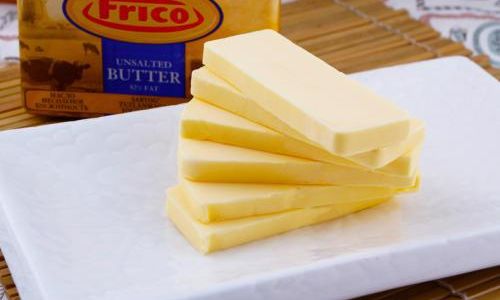

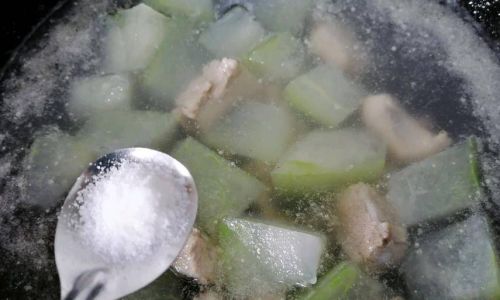
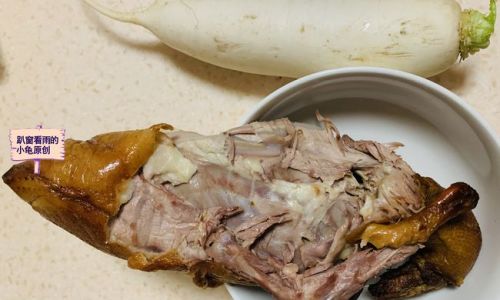

0 comments